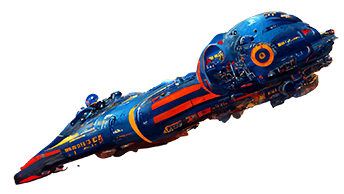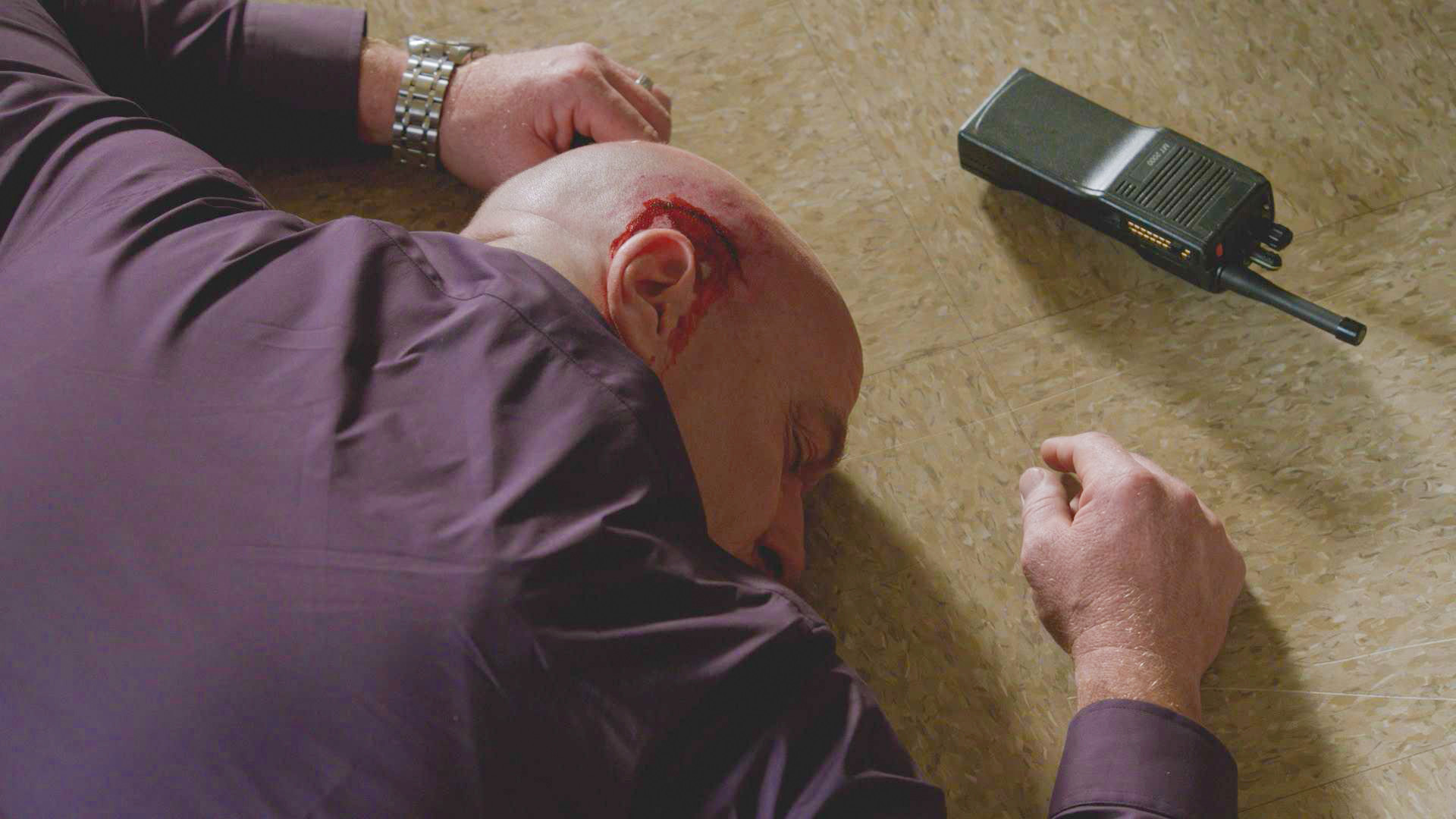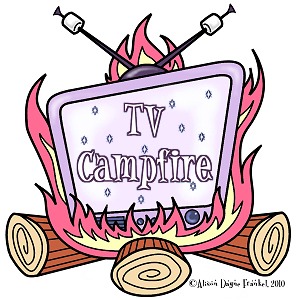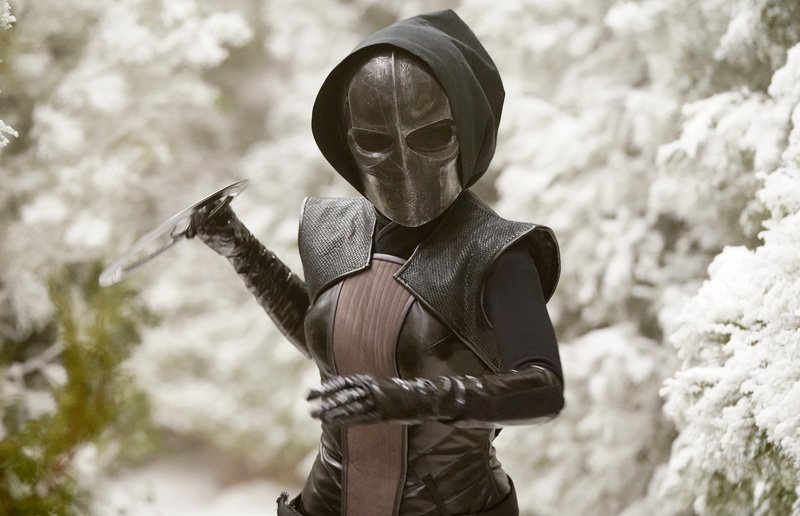Gene Roddenberry’s view of the future is a universe united under one federation, where all species would work together towards peace through knowledge and understanding. That was the mission of the Enterprise, to explore the universe and discover new worlds and people…and to “boldly go where no man has gone before.” Granted, you had not-so-nice aliens such as the Romulans, Borg and Klingons, but every show needs bad guys.
Joss Whedon’s view of the future, approximately 300 years after the Trek-verse, is more in the lines of the expansion of the West (terraforming new moons to provide people of Earth-that-was a new beginning), the Civil War (the War of Unification) and Reconstruction (peace covering up simmering resentment between Alliance and Browncoats).
Next, we have the hero: Star Trek has Captain James Kirk, the western hero now exploring the stars. He’s not exactly perfect, but he stands up for what is fair. He lives under a Prime Directive to not interfere with alien civilizations unless it’s needed, but he says every species deserves a choice of how to live. He represents the ideal of what the United Federation of Planets represents.
On Firefly, Captain Malcolm Reynolds doesn’t seem heroic, and he doesn’t want to be. He doesn’t want to “boldly go” if he doesn’t have to. He only wants to go his own way, where no one takes the sky from him. He wants to live his own life, and not have anyone tell him otherwise. His ship, Serenity, has seen better days and all he wants to do is certain jobs and be paid for them. He’d rather not think of the Alliance and its definition of a united civilization where everyone benefits, supposedly. Yet when he has to consider the needs of others, such as the consequences of The Train Job, and the secret of Miranda in Serenity, he comes through. His “I aim to misbehave” speech is the definition of a man who wants to go his own way, even if his government has other ideas.
Both shows captains also have interesting relationships with their doctors and engineering heads. Captain Kirk has Dr. Leonard "Bones" McCoy (a country doctor) and Scotty. Mal has Dr. Simon Tam, who’s on the run to protect his sister, and cheerful Kaylee Frye who has a special way with machines.
Most viewers would also notice that while Star Trek had aliens, Firefly does not…but that may not be true. Star Trek, of course, had Spock, a Vulcan who tries to deal with the human side of him, Romulans who just like to cause trouble with the Federation, and the Borg, whose technology and cold logic makes them futile to resist. At some level, you might call River Tam and Reavers aliens, even though they were made by the Alliance. River was admitted to an “Academy” where her skills could be refined and used for the benefit of the Alliance. However, that meant brain surgery and other methods that were used only to remove her inner self and make her a weapon. On the ship, she does things that may seem alien, such as trying to rewrite the Bible, being scared of Book’s hair, or shooting a pistol at bad guys without looking and not missing any of them. With Simon’s help, she struggles to be a normal girl and reclaim her true self. She finally goes a long way towards doing that when she beats the Reavers in Serenity (the movie). Reavers, of course, were made by the Alliance thanks to the Pax gas the Alliance used on the people of Miranda to help them be content and happy…until they either died or went insane. What River and the Reavers became were by-products of the Alliance’s efforts to make its definition of a better world, which was its Prime Directive.
Both shows also made two pilots because their networks weren’t happy with the first one. The first Star Trek pilot, “The Cage” looked at how a group of aliens trapped Captain Pike in a “cage“ with a woman but gave him illusions of freedom. The point was to show that people want to enjoy real freedom, and would resist unnecessary limits even if they are disguised as freedom. That’s not too far off from what a Browncoat believes. That was too intellectual for NBC, which is why it preferred the second pilot “Where No Man Has Gone Before” because it had action that had to be included in sci-fi shows. At least the first pilot was recycled to make the classic two-parter, “The Menagerie“.
Firefly’s first pilot, “Serenity“, showed the crew in the middle of a job, then picking up new passengers in the form of a shepherd, a guy named Simon Tam with a mysterious package, and another man who turns out to be an Alliance agent who’s after Simon. Of course, we find out Simon is on the run to protect his sister, River, from what the Alliance did to her. That’s wasn’t enough for Fox, because they also wanted a show with action. They got a second pilot called “The Train Job”, where the crew robbed a train and found out their actions were hurting innocent people, more than the Alliance.
The last thing both shows share is a very passionate fan base. Star Trek’s fans wrote thousands of letters to give it a third season, while Firefly’s fans tried to do the same but did not succeed. Even three episodes that were made were not shown, and the original pilot wound up being the show’s swan song. Both also found new life on the silver screen but in different ways. Star Trek was revived as a movie thanks to years of reruns on local TV stations. Firefly reached the silver screen thanks to DVD sales. Its popularity is still strong through occasional reruns on cable, DVD sales, and even a fan film about another crew that the Big Damn Heroes would like.
Could Star Trek and Firefly be two sides of the same coin? One side being the prospect of an optimistic future of peace and knowledge, while the other side also promising a better world although the means may not be so honorable? One side calling for cooperation while another side calling for obedience? Maybe this shows how the definition of “cowboys in space” could apply to Star Trek and Firefly/Serenity, but in different yet intriguing ways.











